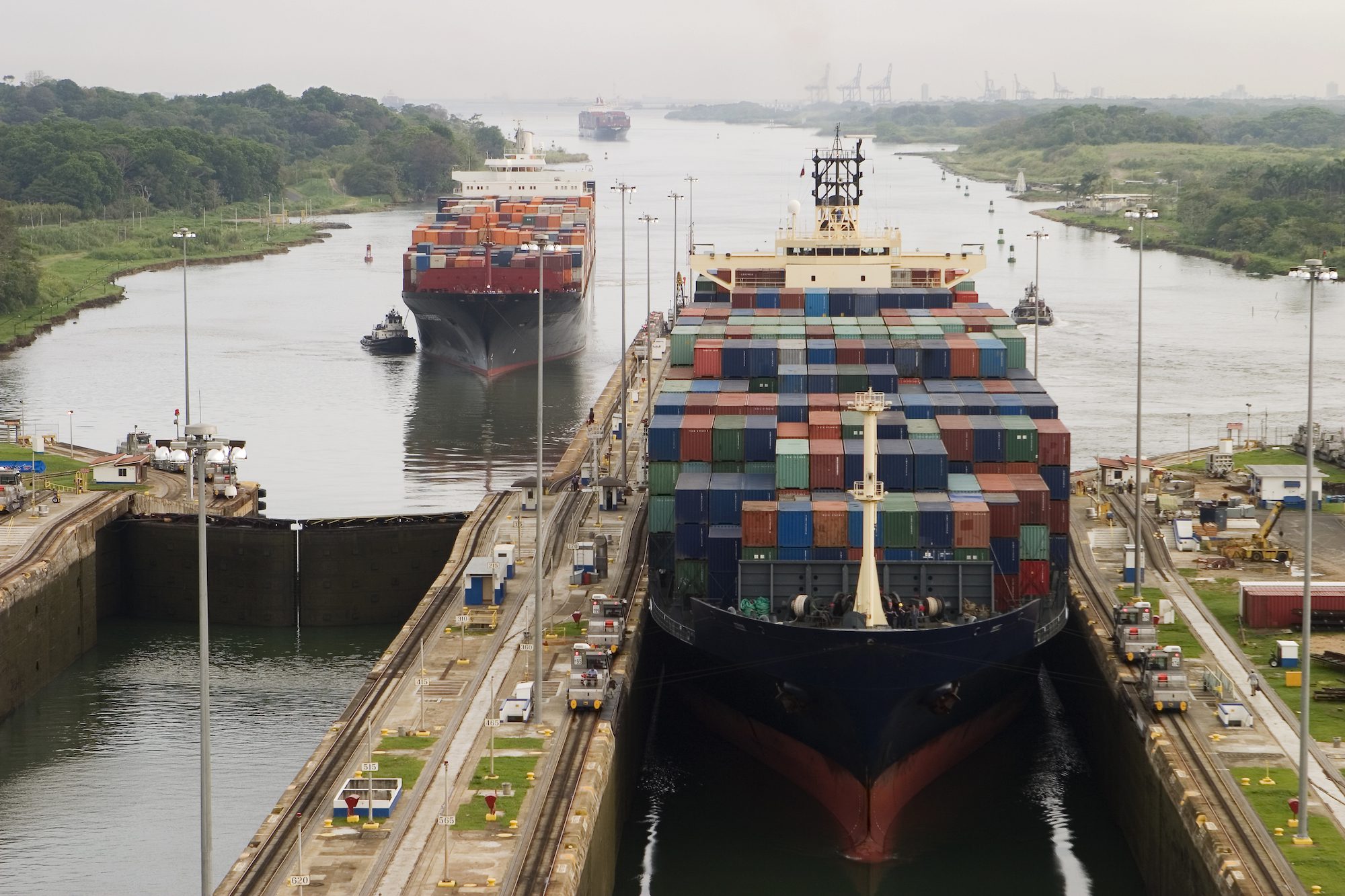Maritime EO and SHIPS Act Target Critical Gaps Blocking Military Vets from Merchant Marine Roles
Opinion By Nate Gilman President of Mariner Credential Service LLC, Commander Ander S Heiles, USN and Grant Greenwell, AFNI,

The Panama Canal Authority has announced plans to allocate more than $8.5 billion in capital investments towards sustainability projects over the next five years in an ambitious move to combat the effects of climate change.
The multi-billion-dollar investment significantly surpasses the $5.4 billion cost of the Panama Canal Expansion, the largest improvement project in the Canal’s history, underscoring the gravity of the situation as the Panama Canal faces a severe drought that has limited the capacity of the critical waterway.
According to the Canal Authority, the Canal’s Gatun reservoir experienced a daily water deficit of about three million cubic meters in 2023 due to lower than expected rainfall in Panama, compounded by a strong El Nino, coupled with outflows from Canal operations, evaporation, human consumption, and industry. As a result, the Panama Canal Authority was forced to a reduce the number of daily ship transits and also implement draft restrictions limiting the amount of cargo ships can carry.
Following the driest October on record, the Canal Authority announced a plan to gradually reduce the number of daily ship transits from 32 to just 18 in February—a 50% reduction from the 36 transits typical in normal years. However, water-saving measures and improved rainfall in November and December allowed the Canal Authority to maintain 24 daily transits, rather than further reduce the number as planned. The Canal Authority has said it plans to keep the current level through the end of dry season in April, or as conditions warrant.
The bulk of the investment, around $3.5 billion, will be allocated to infrastructure and equipment upgrades, including the installation of solar panels and the purchase of electric vehicles and hybrid tugs. More than $2 billion will be dedicated to new sustainability-focused initiatives, with an additional $2 billion going towards the implementation of a more robust water management system. The remaining funds, totaling over a billion dollars, will be used to support digital transformation and decarbonization-focused improvements at the waterway.
This massive investment plan forms part of a broader sustainability strategy that aims to reduce the Canal’s Greenhouse Gas emissions and achieve net zero carbon emissions by 2050. Working in collaboration with the World Bank and IFC, the Canal Authority is currently finalizing a Greenhouse Gas emissions inventory for the Panama Canal, with publication expected within six months. Later this year, the Canal Authority plans to complete a climate risk assessment and commit to the Science Based Targets initiative (SBTi), including short and mid-term reduction goals, before implementing aggressive emissions reduction targets.
The announcement from the Panama Canal Authority comes after Deputy Administrator Ilya Espino de Marotta was appointed as the Canal’s first Chief Sustainability Officer in January, tasked with developing a comprehensive sustainability strategy.
With forecasters predicting an end to El Niño and a potential transition to La Niña conditions sometime this summer, much-needed rain might soon be on the horizon considering La Niña weather patterns historically result in above-average rainfall in Panama.

Sign up for gCaptain’s newsletter and never miss an update

Subscribe to gCaptain Daily and stay informed with the latest global maritime and offshore news


Stay informed with the latest maritime and offshore news, delivered daily straight to your inbox
Essential news coupled with the finest maritime content sourced from across the globe.
Sign Up